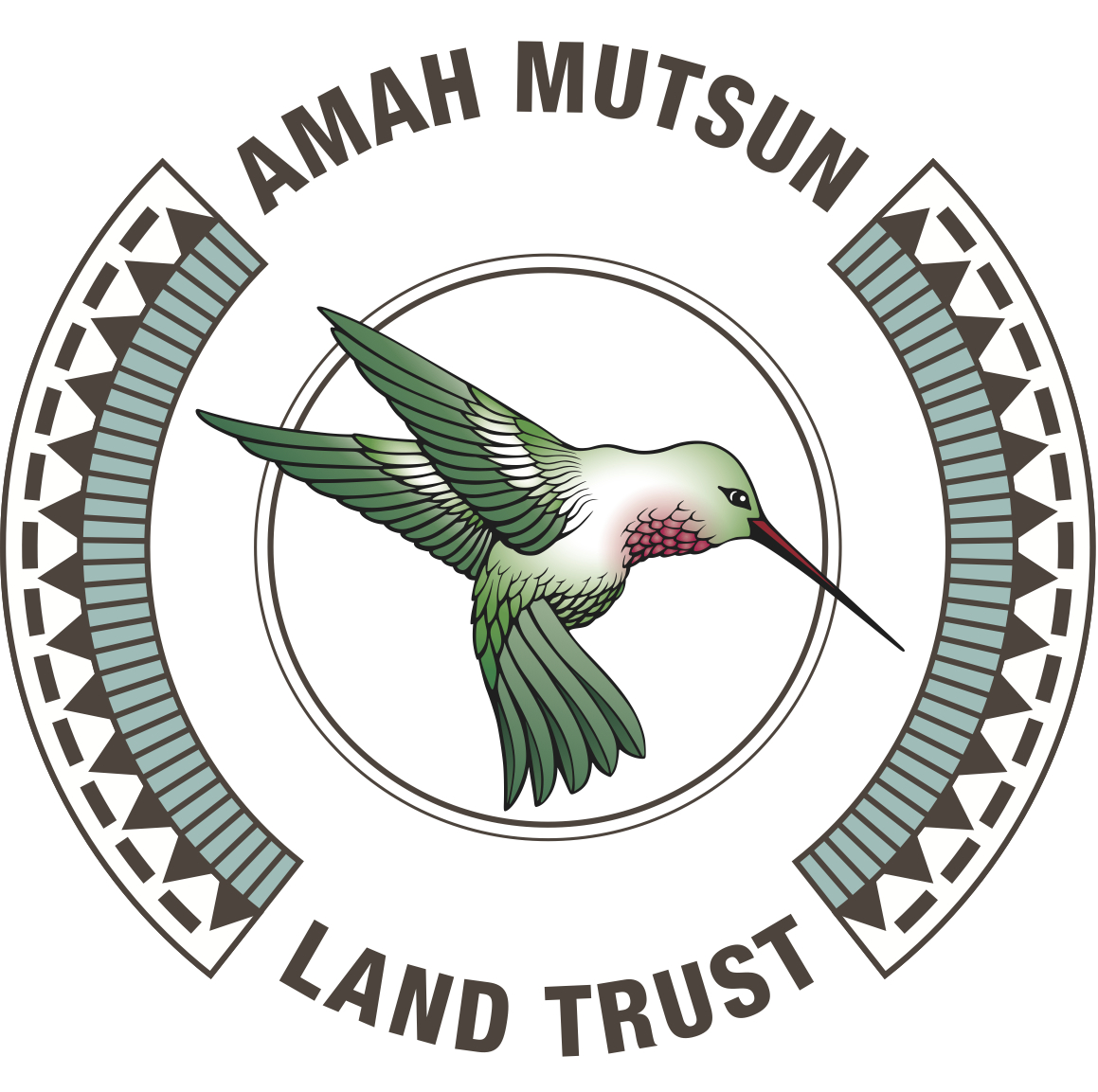Summer 2019 Newsletter
REVITALIZING COASTAL CONNECTIONS THROUGH ARCHAEOLOGY AND STEWARDSHIP
By Mike Grone, PhD Candidate in Anthropology, UC Berkeley
Amah Mutsun youth campers and UC Berkeley researchers getting ready for a day at the beach. Photo courtesy of Rob Brodman
AMLT youth campers check out a seastar at Pescadero State Beach. Photo courtesy of Rob Brodman
Some of our deepest ancestral relationships as humans are with coastlines, where land meets the sea in a rhythmic pulse of incoming and outgoing tides. For the past four years, I have been working with the Amah Mutsun Tribal Band to better understand these relationships. We have conducted archaeological research to learn how their ancestors stewarded the oceans in their traditional homelands before European contact. We hope to apply this ancient traditional ecological knowledge to address present day issues in managing coastal resources. As an outgrowth of previous collaboration between UC Berkeley and the Amah Mutsun, we have analyzed several archaeological sites on the northern Santa Cruz coast ranging from 7000 years old to the 1920’s. Prior work by Chuck Striplen, Rob Cuthrell, and Kent Lightfoot focused on the use of fire to manage grassland resources and laid a great foundation for more research on traditional resource management practices.
Building upon this work, I have focused my PhD research on the archaeology of marine resources evidenced in these sites, specifically shellfish and seaweed. Chairman Valentin Lopez stresses that some of the Amah Mutsun knowledge of marine resources is lying dormant due to factors ranging from forced removal from the coast during the mission period to the high cost of coastal property today. Conversations with Val, Eleanor Castro, and other tribal members made it clear that archaeology could play a role in revitalizing this dormant knowledge and help restore traditional stewardship practices.
Coastal archaeological sites are filled with the remains of shellfish, seaweed, sea mammals, and small schooling fish such as sardines and herring. Our work displays how important they were for the Amah Mutsun and the significance Native stewardship played in maintaining healthy ocean ecosystems for thousands of years.
To apply this research, we’ve gone out at low tide at Pescadero State Beach with the AMLT Coastal Stewardship Summer Camp for the past two summers to engage with these resources in their natural environment. Campers learned how to find and identify different species in their habitats, when and how to harvest them sustainably, what their Mutsun names are, and why they are important components of healthy oceans. For instance, the kids learned the best time of year to harvest California mussels, which are the most abundant type of shellfish in ancient Amah Mutsun sites. We identified different types of seaweed and kelps and discussed how to prepare them. We even caught and cooked an elusive monkeyfaced prickleback, a fish found in the archaeological record which proved to be quite tasty. During all this we emphasized ocean safety, respect, and the responsibility of stewardship.
UC researchers Gabriel Sanchez and Alec Apodaca hunting the elusive monkeyfaced prickleback. Photo courtesy of Rob Brodman
Gabriel Pineida, Val Lopez, and Mike Grone (Left to right) looking at mussel beds. Photo courtesy of Rob Brodman
It is no secret that our oceans are in need of mindful stewardship. Shortsighted human actions like overfishing and pollution combined with global warming and ocean acidification have led to major disruptions in the health of individual species and entire ecosystems. The forced removal of many of the Amah Mutsun from the coast during the Spanish mission period led to a lack of stewardship which was replaced with practices that led to the extirpation of sea otters, overharvesting of abalone, and increased pollution from agricultural runoff.
One of our most precious and important resources on the coast are kelp forests (pictured above), which help prevent coastal erosion by buffering waves as they approach the shore and provide habitat for schooling fish, abalone, sea otters, and many other species. Unfortunately, they are shrinking at an alarming rate and are in danger of being wiped out entirely, as purple sea urchins eat kelp from its base, leaving the rest of the kelp to float away and die. Sea otters prey upon these urchins and regulate their numbers, but historic overhunting of otters has led to these animals being functionally extinct in this area, allowing the proliferation of sea urchins and the destruction of kelp forests. In other parts of California, divers have begun taking it upon themselves to reduce the number of urchins to help maintain a healthy balance in kelp forests. While this is a time and labor intensive task, it may be one of the last hopes for preserving this sensitive habitat.
If we are to save our oceans, we must strive to better understand them. The health and wellbeing of future generations is directly linked to the health and wellbeing of oceans. Much work remains to be done to restore Amah Mutsun management and stewardship of marine resources, but we are hopeful that these lessons from the past can help inform the present and shape a better, more sustainable future.




